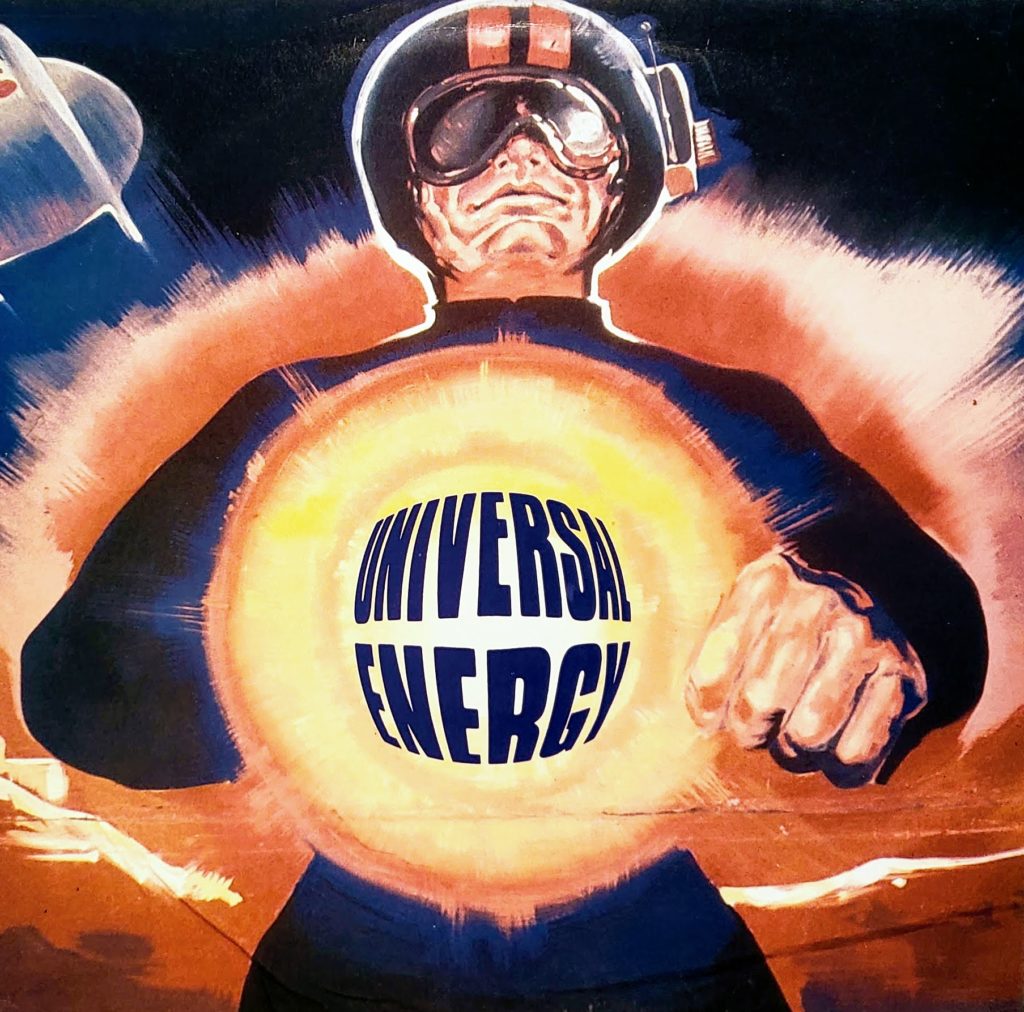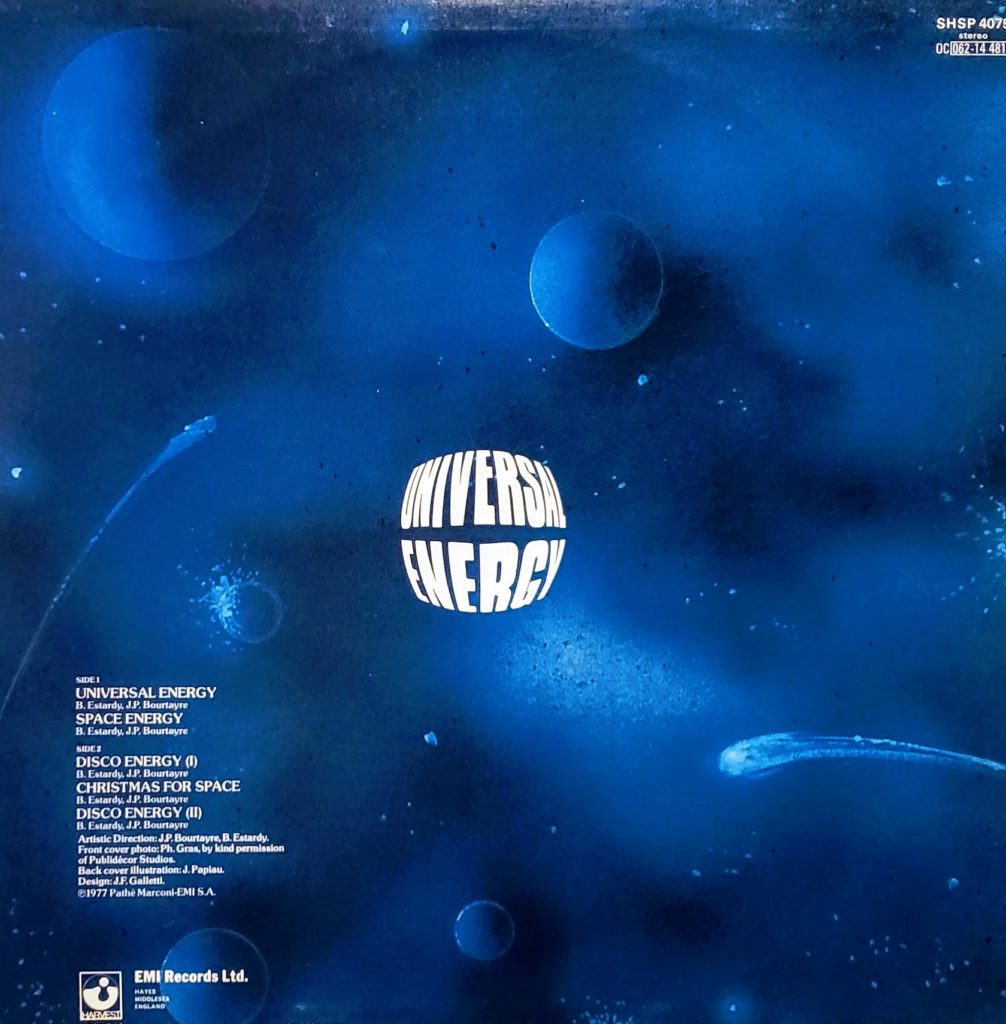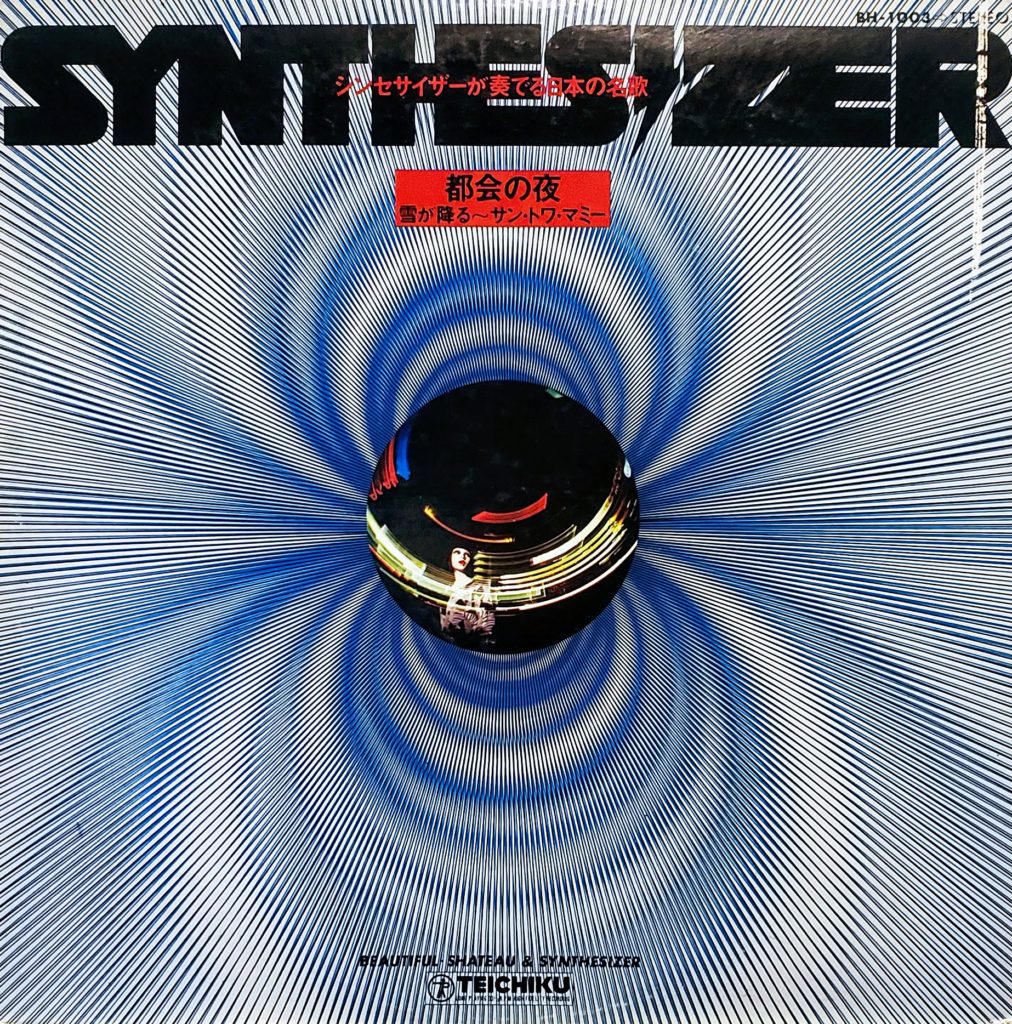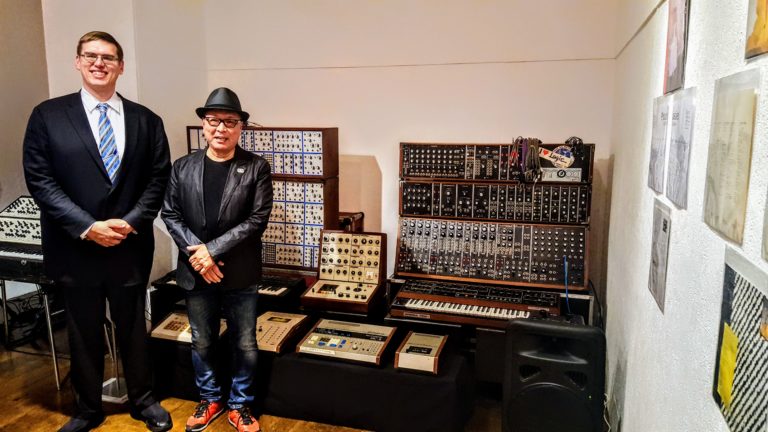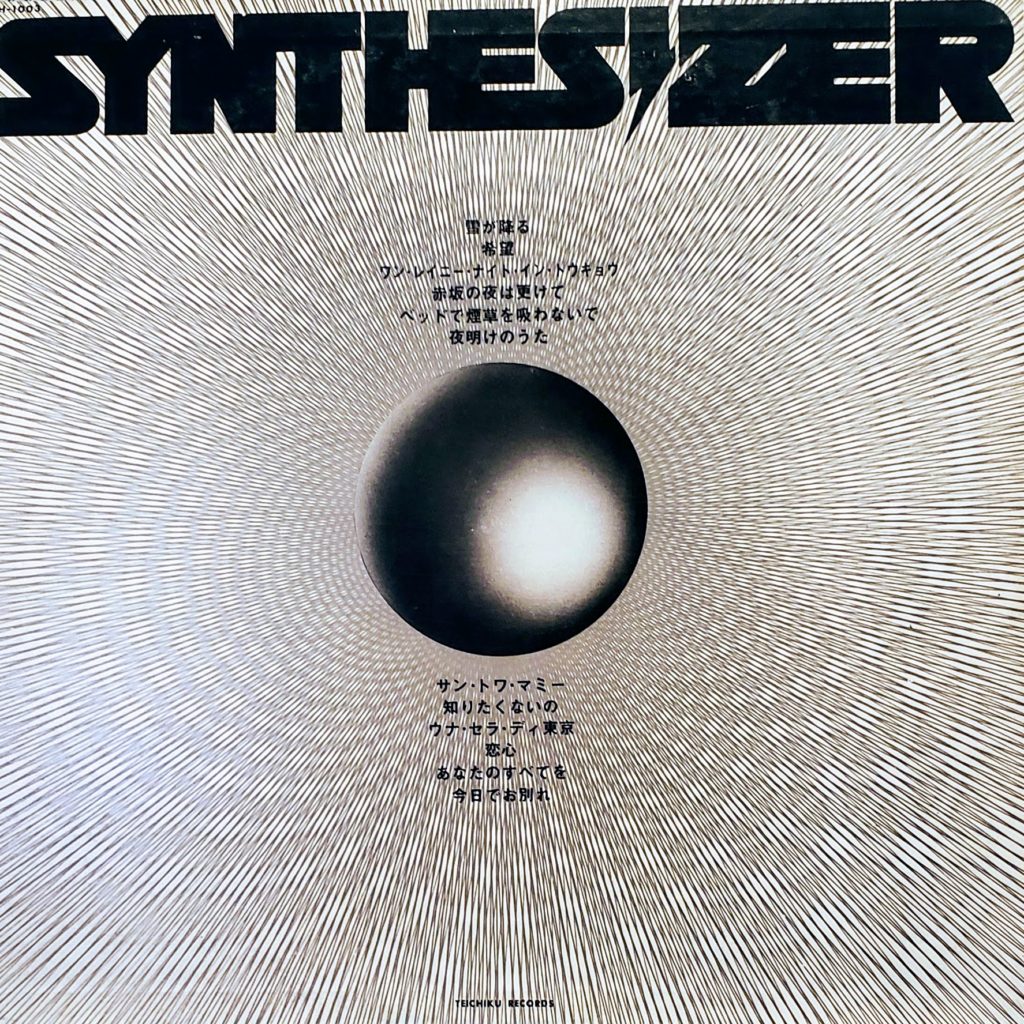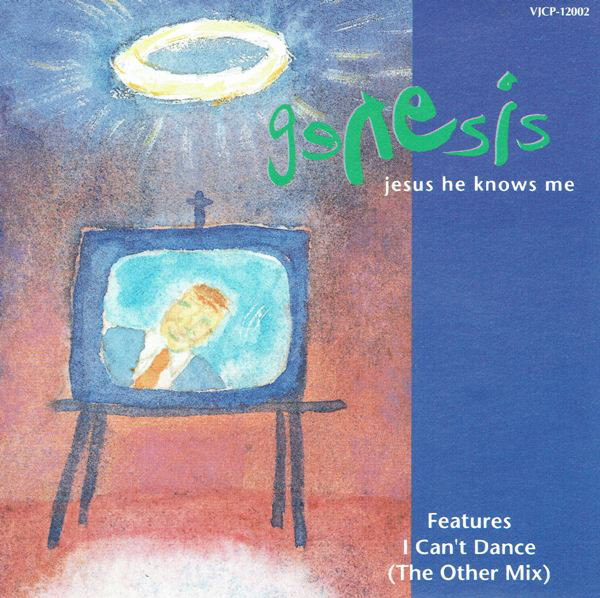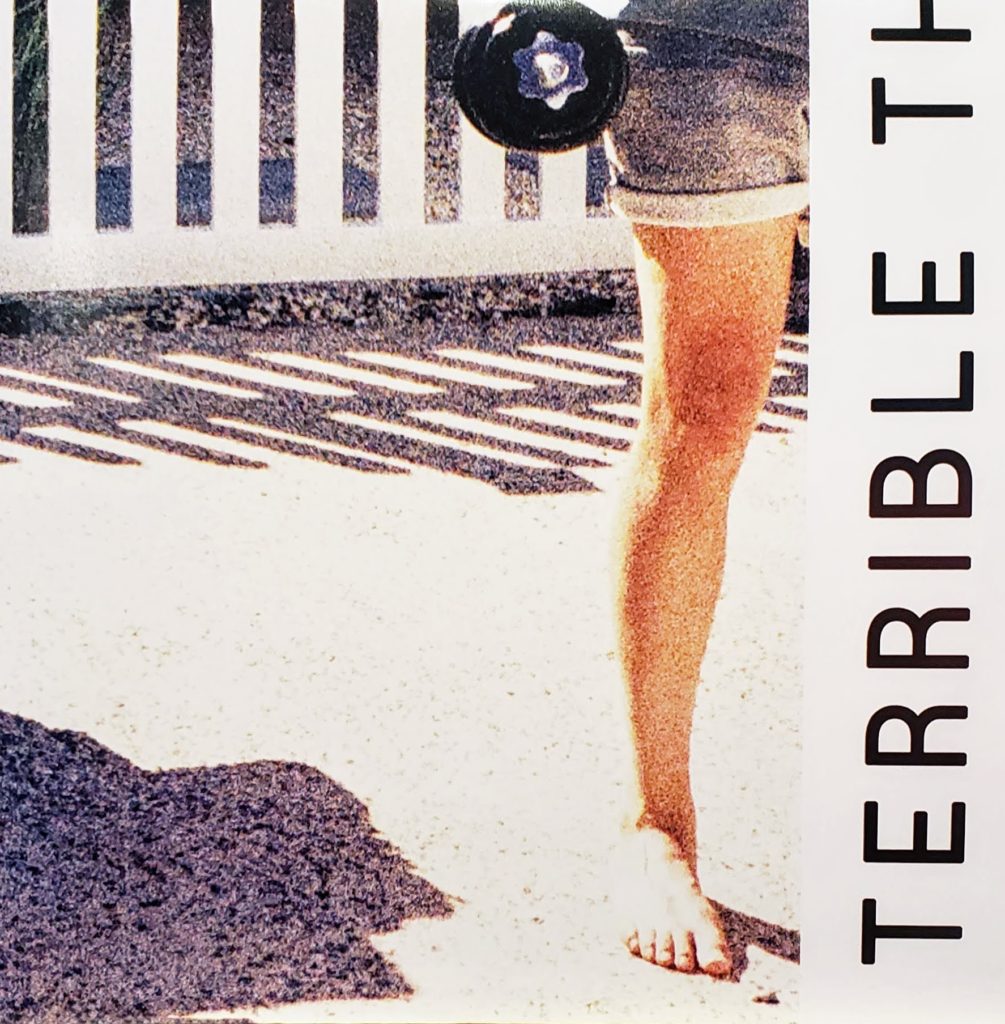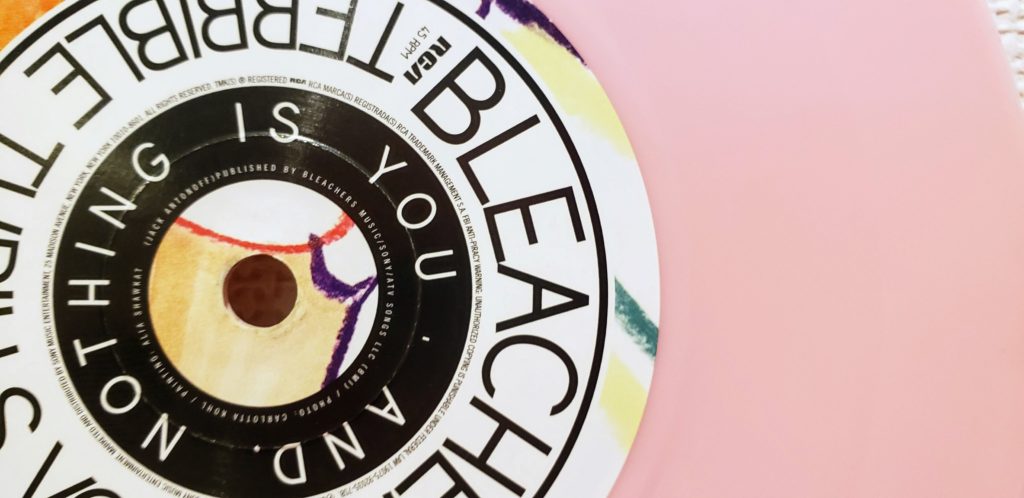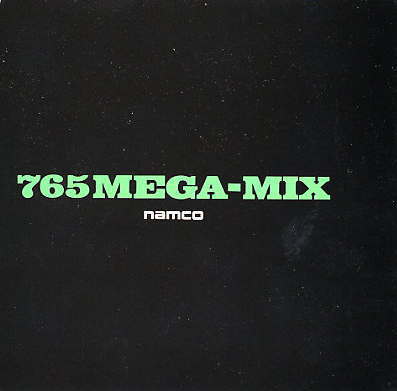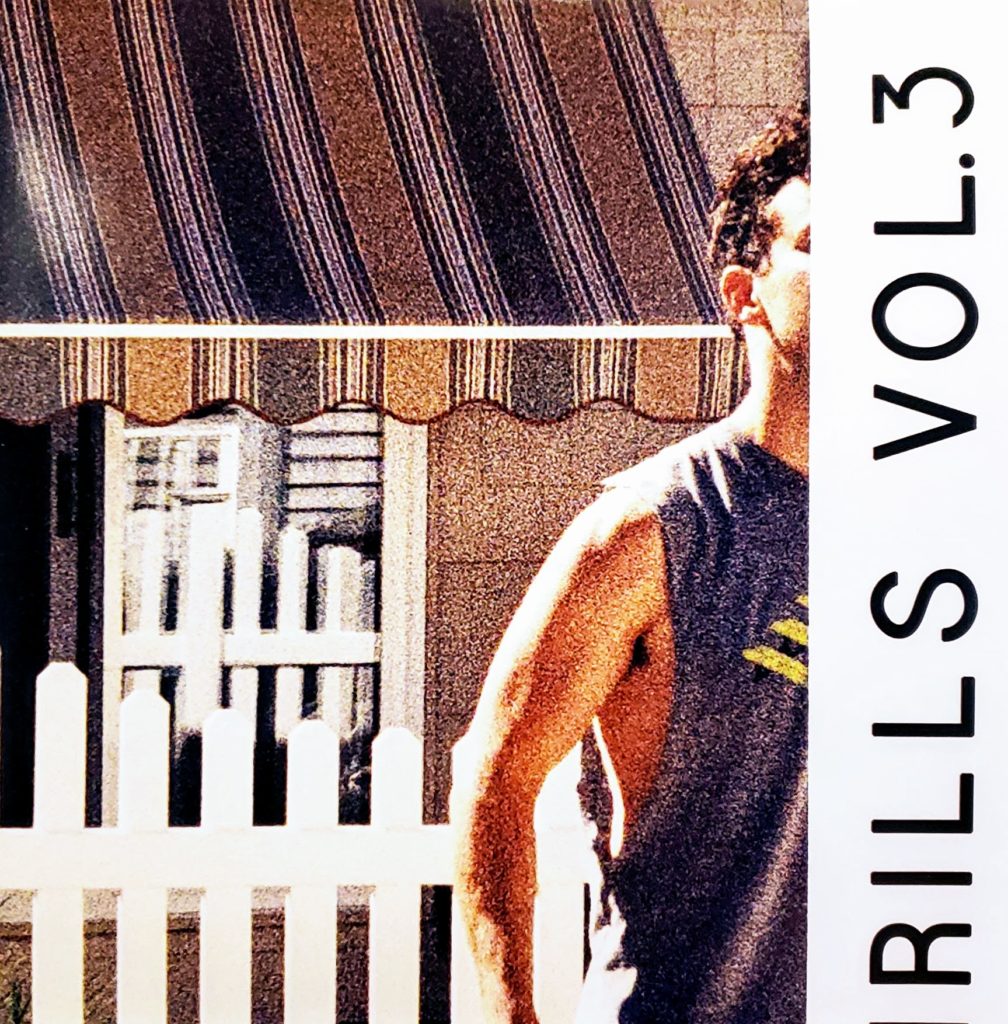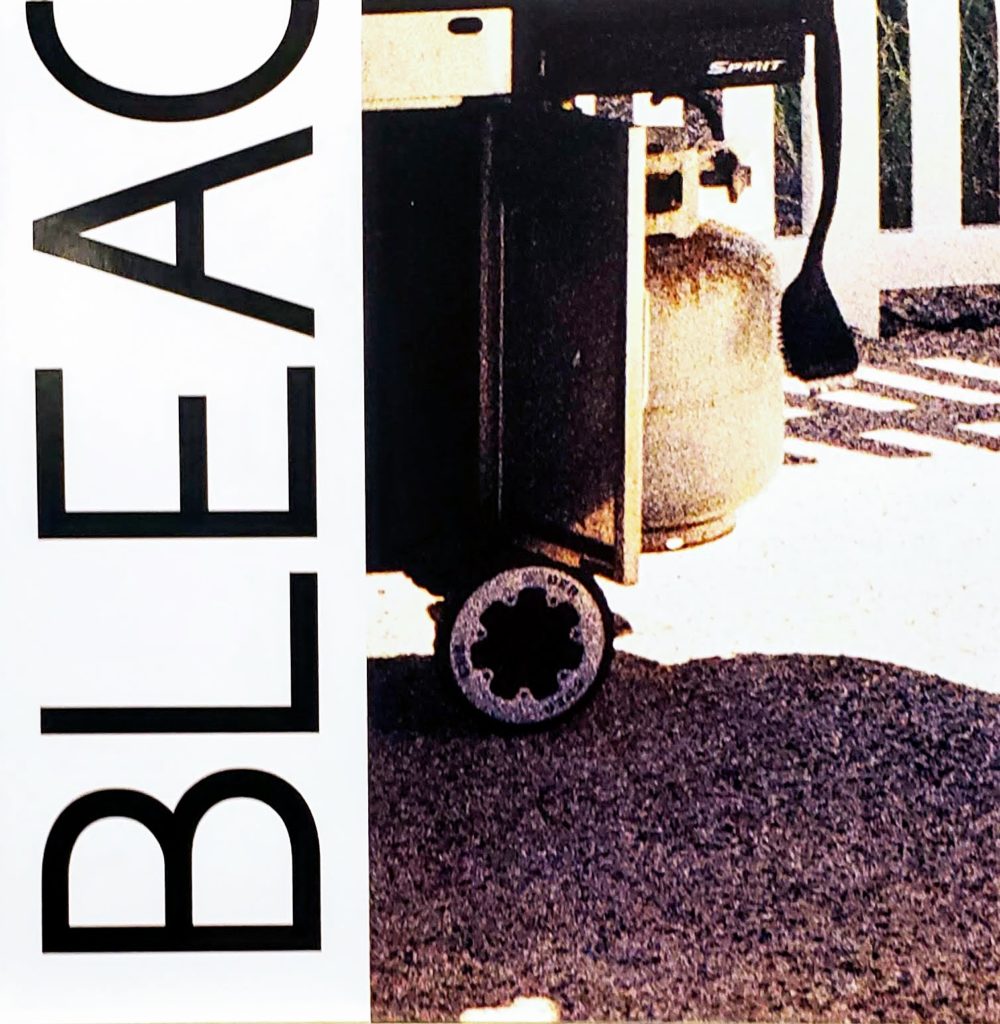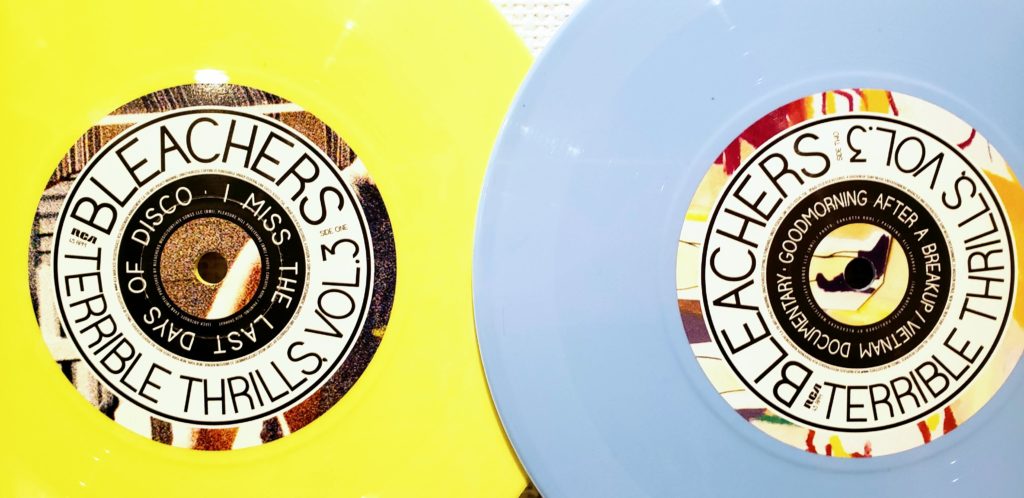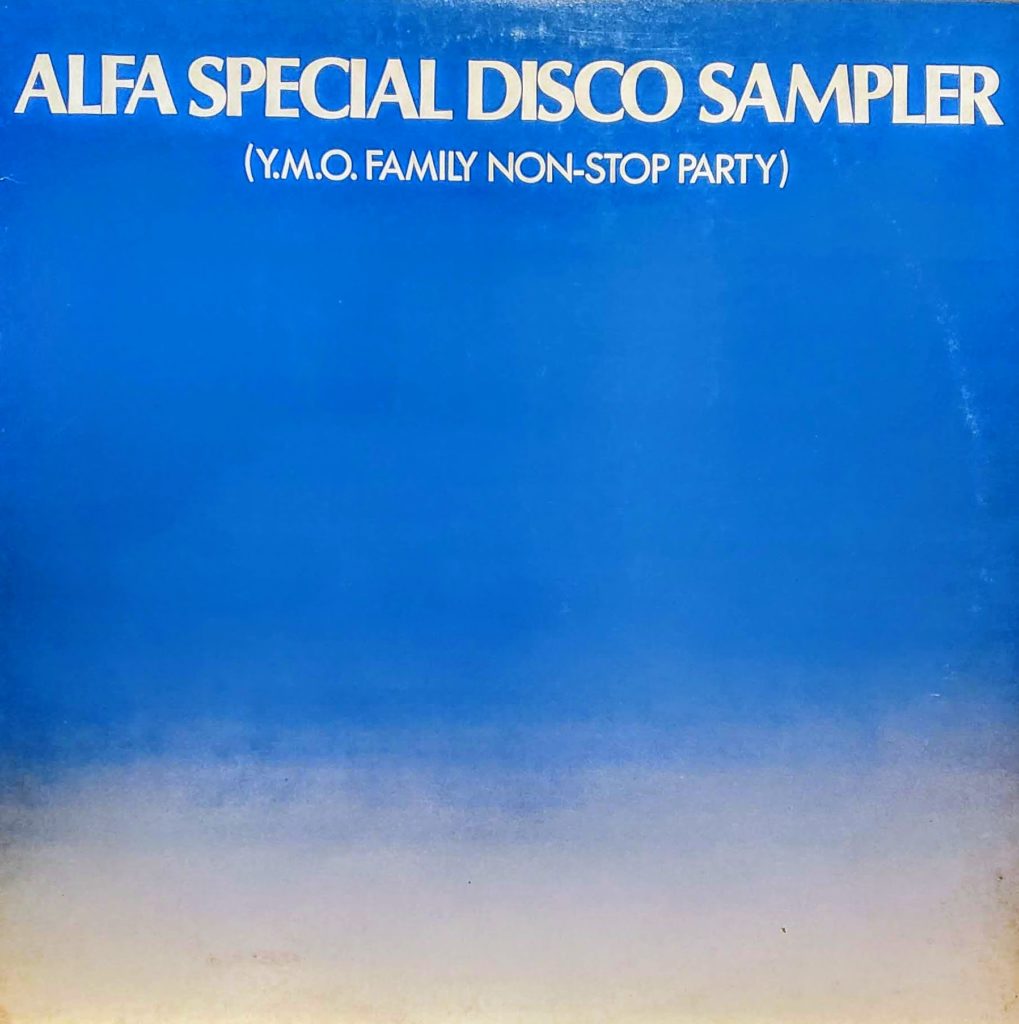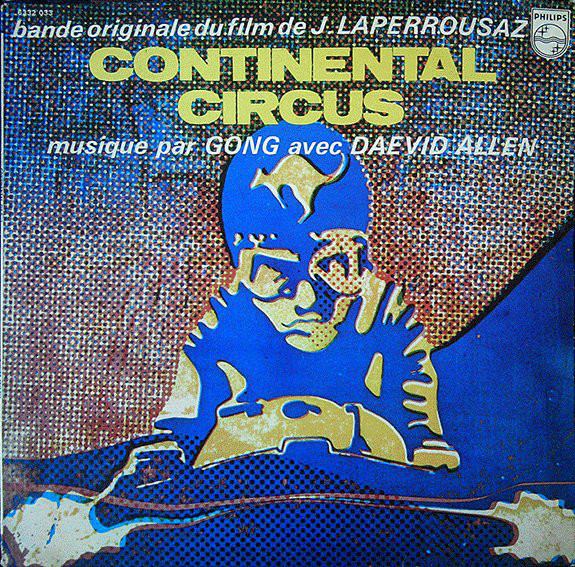So I promised several people that the second I got the new Bleachers EP, I would rip it and share it here (Bleachers’ have given permission to anyone who has the vinyl-only release to do as such). However, when it finally arrived in the mail last week, I opened it up to see a gigantic gouge of a scratch on side two that made it literally unplayable. Yay me.
After reaching out the customer support at Bleachers’ store, I was told that they offered no refunds or exchanges for opened good.
After reaching out to Jack Antonoff’s (the man behind Bleachers) Twitter, he informed me that he felt “that was fucked up” and promised to send a replacement copy my way! So, I got to learn that Jack Antonoff is a pretty stand-up dude who likes to treat his fans right, and that’s cool to know, that doesn’t change the fact that it’s probably going to be at least another week or so before those tracks make their way to my blog. Sorry about that.
I can’t wait until the kids who grew up in the late-90s get influential enough to make CD nostalgia a thing so we don’t have to worry about the fragile nature of these vinyl-only re-releases so much.
So yeah, no Bleachers this week. But hey, Prince!
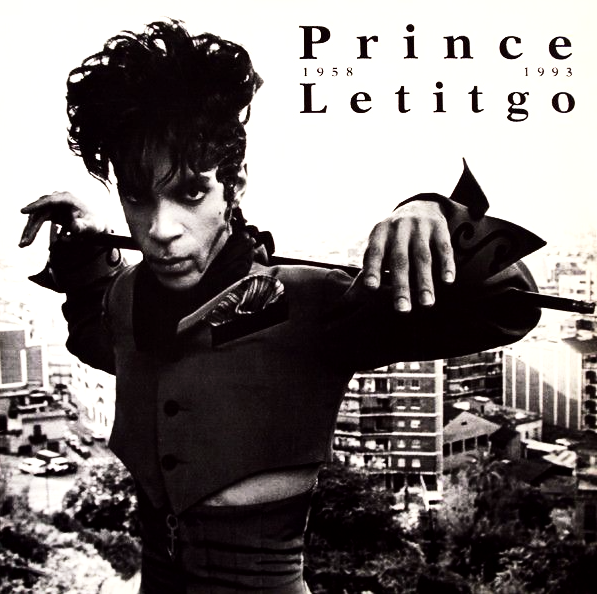
Prince
Letitgo [Caviar Radio Edit]
Letitgo [Cavi’ Street Edit]
Letitgo [Instrumental]
Letitgo [On The Cool-Out Tip Radio Edit]
Letitgo [Sherm Stick Edit]
Letitgo [(-)Sherm Stick Edit (J. Swift #3 Instrumental)]
Only Prince could write a song about a label dispute and make it sound like it’s about his dick.
Okay, maybe not his literal dick, but from a musical standpoint this track sounds very dick-centric. You can’t have a bassline like that, sing a falsetto and make me think you’re really penning a lament about the complexities of the recording industry. But yet, “Letitgo” is exactly that, a “fuck you” to Warner Bros. A musical sigh of a track where Prince literally waxes poetic about how his record label is stifling him.
I’m not entirely fond of Prince’s more R&B-titled tracks from this era, but that might be more to do with the sound of mid-90s R&B than Prince’s R&B sound in particular. In the mid-90s I was a grunge rocker metalhead, and the new jack swing style of R&B really drove me up the wall. Looking back, I think it’s a Pavlovian response. My brother was way into that stuff and my brother was also way into being an asshole to me. Maybe I can’t hear a Terry Riley-influenced beat without thinking of getting a beatdown from my big brother.
In the years since, (thanks to therapy) I’ve grown to appreciate the genre more. “Poison” is an all-time classic of course, and there are some other tunes I like from a nostalgic viewpoint, but something about the production of it still grates me. It’s just all beats and grooves, not enough hooks or melodies. And I’ve never come to Prince for beat-driven R&B (remember, “When Doves Cry” has no bass). I want to hear that guitar, his horny howls, amazing live instrumentation. Things that new jack swing ain’t exactly known for.
Still, the album version of “Letitgo” is a good amalgamation of the new jack sound and classic Prince. It has the funky, hip-hop influenced beats for sure, but the entire thing still has the organic vibe that made great Prince songs great. The drums sound like live drums, not a computerized backbeat. The guitar solo is short-but-rad. Even the little things like the tambourine jangle and the backing synths over the chorus, it has one foot in the past and one foot in the (then) present.
For me, the remixes of “Letitgo” while still good and worth listening to, are all inferior to the original album version. They all strip out the more organic and natural elements of the original. The “Caviar” edits transform the track into almost an entirely new jack swing piece, with a much heavier bassline and most of the instrumentation removed. It sounds like Prince singing over a rap beat. And it also has a completely extraneous added rap, by someone calling himself Young Soldier Of Time. This moron squawking that he has “to be real in ’94” is just embarrassing.
The other remixes also inject some hip-hop motifs into the tune, but they work a hell of a lot better. The dope “Sherm Stick” versions include a sampled guitar hook (that I know I recognize, but I can’t place) and this really cool yet hard-to-define bass drum beat that gives the song a good oomph. The “On The Cool-Out’ edit is also an improvement. Instead of incorporating hip-hop into the track via new jack, it straight-up goes gansta with some effects and beats that wouldn’t have sounded out of place on The Chronic.
As the Prince re-issue and vault releases start to ramp up, it’ll be interesting to see what the estate does with this era of Prince’s music. There’s a lot of it, and a lot that remains officially unheard. But popular opinion of it at the time wasn’t all that great, and I can’t imagine that most people’s views of it have aged all that well. If the estate ever does decide that the remixes of fairly unsuccessful singles are worthy of official re-releases, then I’ll stop posting them. But until then, I got plenty nearly-forgotten (and still damn good) Prince that I’ll keep on sharing.
However, I would be remiss if I didn’t at least plug a few recent and upcoming Prince releases. Ultimate Rave, a 2CD/DVD set that combines both the underrated Rave albums with a live DVD of Prince’s New Year’s Eve rave is rad as fuck and well worth a purchase. And if you want to go the vinyl route, you can get both the Rave albums on (purple) vinyl now, along with fellow later-era Prince albums 3121, Musicology, and Planet Earth. They even come with download codes! Planet Earth holds up well, and with all that’s going on now, it sounds a hell of a lot less preachy and more (sadly) prophetic. 3121 is still good too. Musicology…eh…the single is good (Prince put out 37 albums, they can’t all be home runs).
Also, next month Warner Bros. will release Originals which features Prince’s original versions of songs that he gave to other artists, including his never-before-heard versions of “Glamorous Life” and “Manic Monday.” Words cannot express how stoked beyond stoked I am for that one.
I really want to commend the Prince estate with their work so far. They’ve done a good job of re-issuing stuff at a solid pace, starting with what was commercially available at some point and slowly branching out to the legendary “vault” material. Did you know that you can get nearly ever Prince album on iTunes now?! It used to be that if you wanted a legally-obtained copy of Crystal Ball you had to chuck out over $100 for a CD version. Now you can buy the sucker digitally for $20.
I know that a lot of people out there want Dream Factory, Camille and other legendary unreleased, allegedly completed, albums released. But, and I know I’ve written about this before, I hope they get to more out-of-print stuff first. Yo, The Family album is still out-of-print. All of Mazarati’s material is locked away somewhere, and that’s just prime for a deluxe re-issue that could include their version of “Kiss.”
And there’s Madhouse, and the (two) third Madhouse records! And so much live material that hasn’t seen the light of day since VHS or the early days of DVD. Give me that stuff first, then start digging more into the truly unreleased stuff.
Just don’t go the Bowie estate path and shit out a vinyl-only demos collection and charge seventy bucks for it.
Seriously, fuck that shit.

